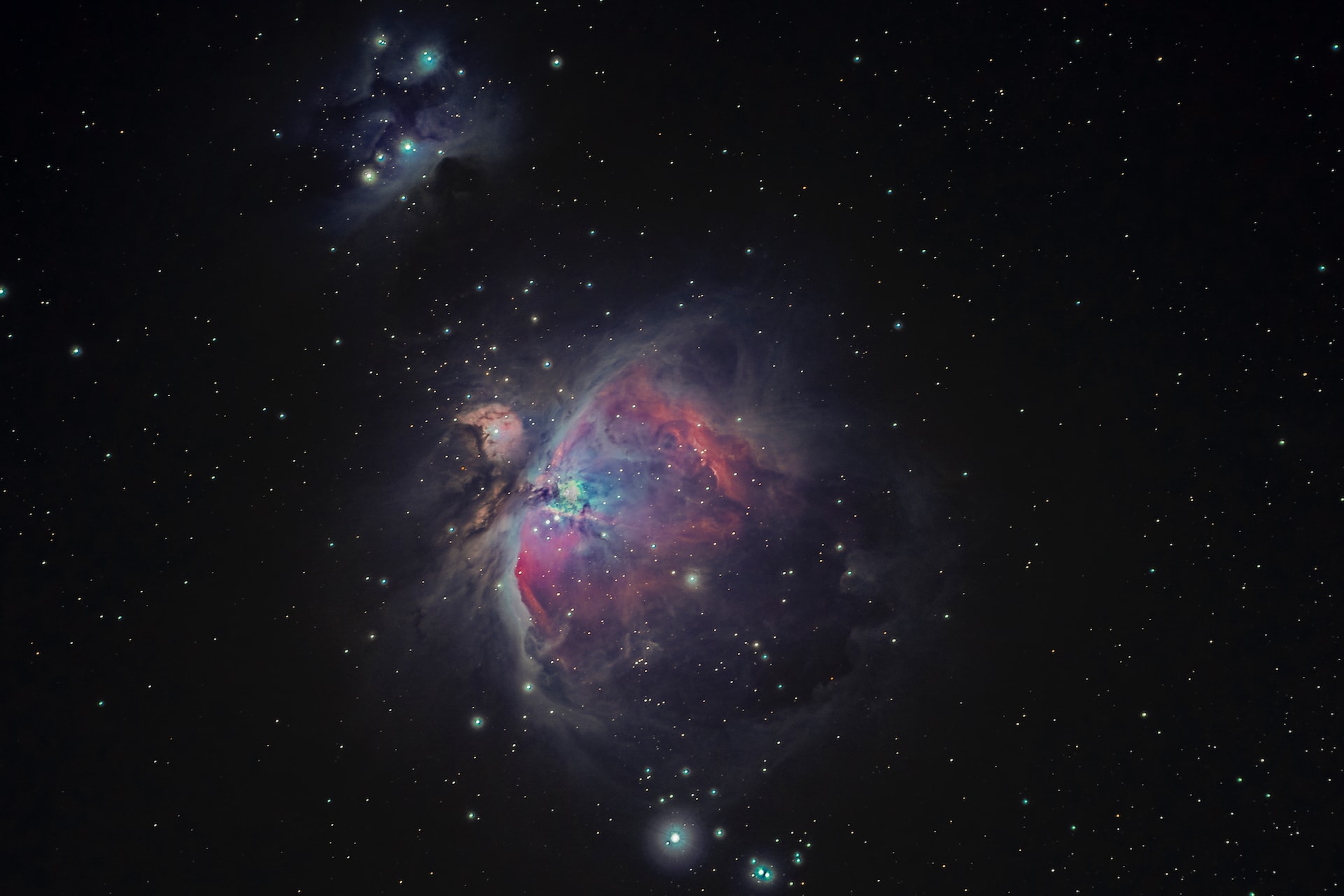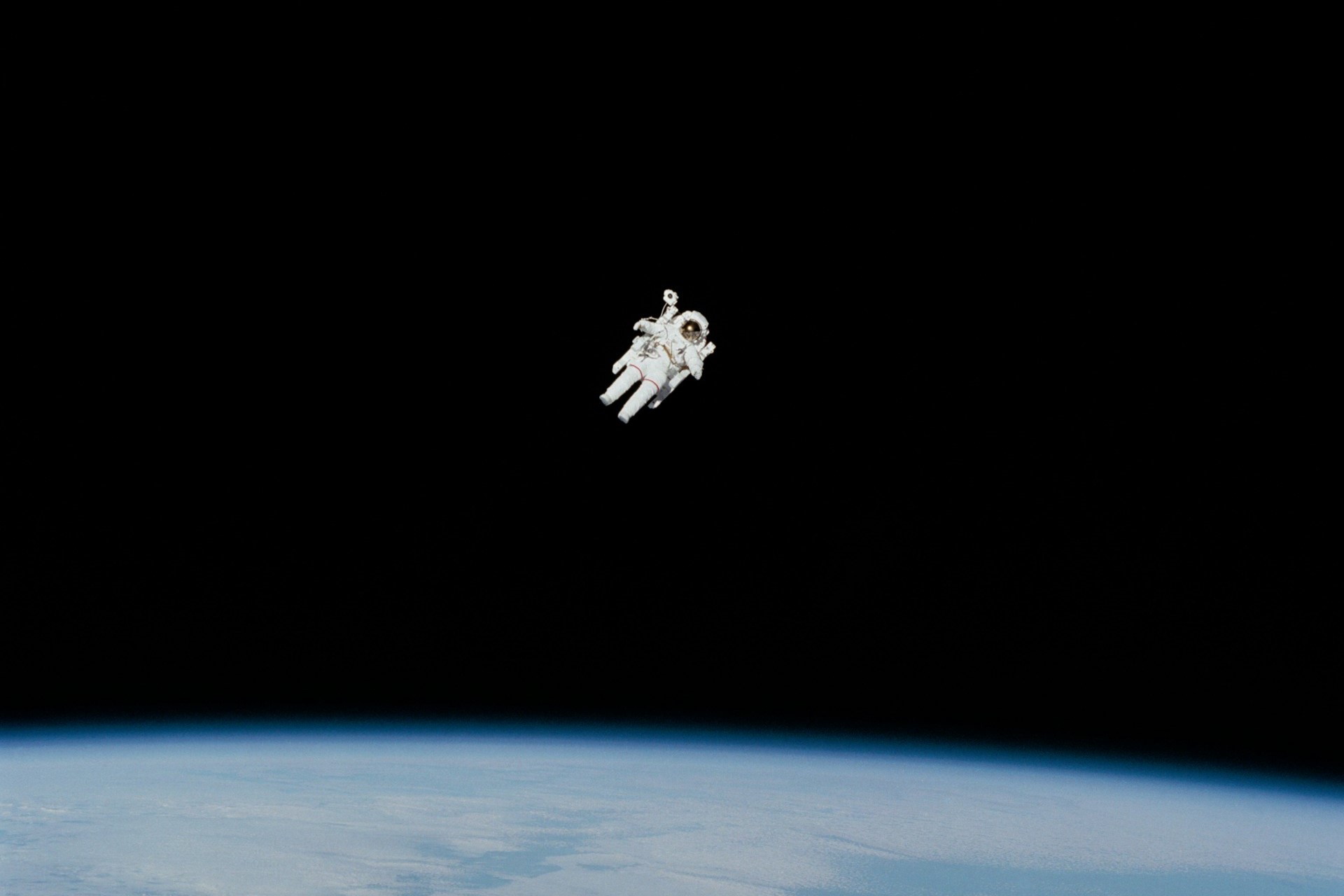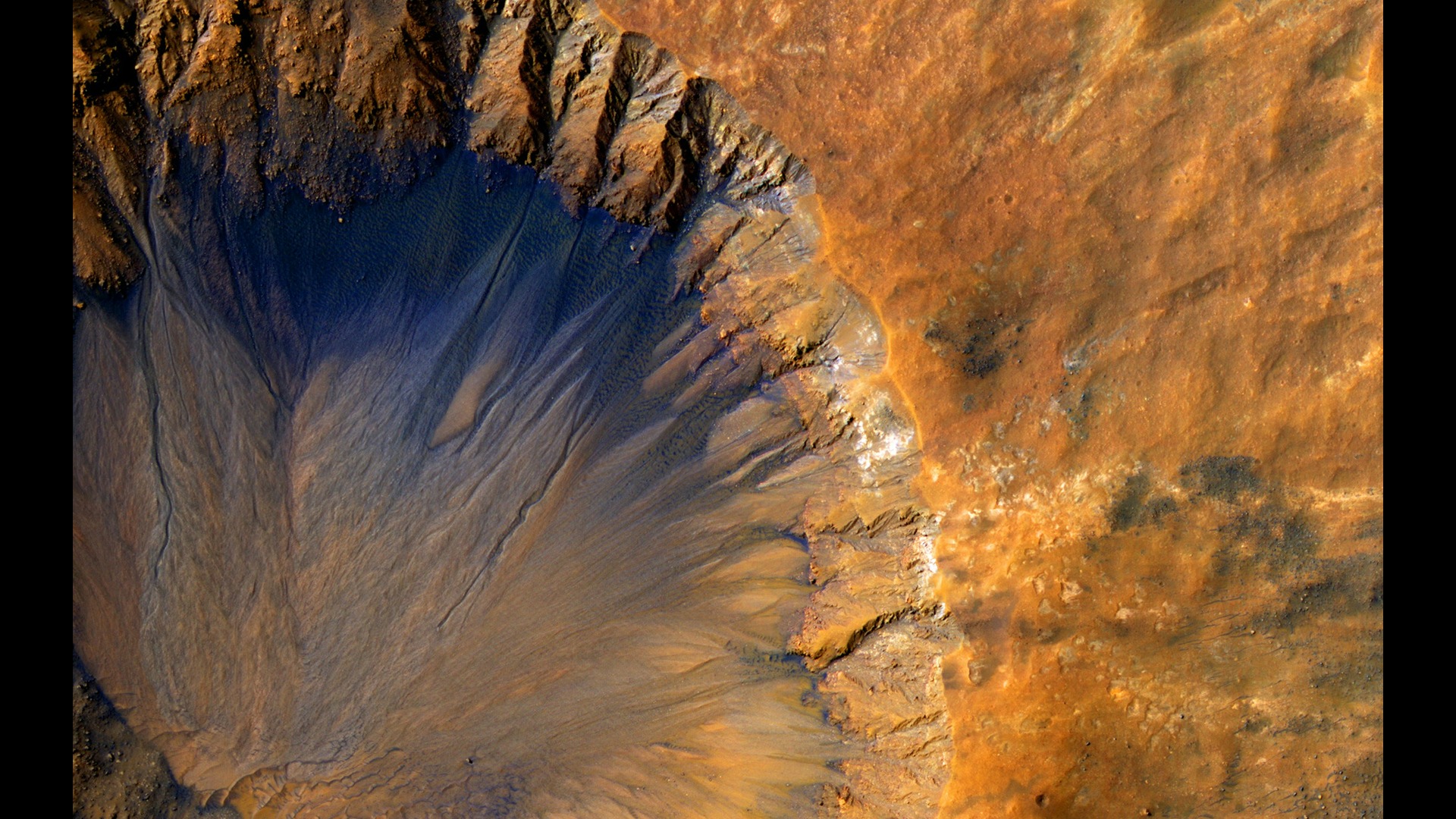
Is Space Cold? 6 of the Galaxy’s Coldest Corners
February 21, 2023 - Ellie Gabel
Revolutionized is reader-supported. When you buy through links on our site, we may earn an affiliate commission. Learn more here.
Space is the final frontier between humans and new, unexplored worlds. The dark vacuum is about 93 billion light years in diameter, at least in the observable universe. In this vast mass, there are extreme temperatures, high and low. Has anyone asked you how is space cold?
Is Space Cold? How Cold Is It?
Space is quite cold, with an average base temperature of -455°F (-270°FC). A few degrees above absolute zero means molecular motion would stop if the temperature dropped. Air temperature comes from heat transfer. Particles in space are so far apart that heat transfer is nearly impossible outside radiation, leading to temperatures far below freezing.
With such a vast diameter, there is much room for planets, stars, nebula and more. What object is closest to reaching absolute zero? What is the coldest planet in the solar system? These six objects will answer how cold space can get.
1. Boomerang Nebula
The Boomerang Nebula holds the record for the coldest place in the known universe. In 1995, astronomers Raghvendra Sahai and Lars-Åke Nyman used an ESO submillimeter telescope from Sweden to observe this planetary nebula and declare it the coldest place in space. Its temperature is right at -457.6°F (-272°C). At this temperature, Boomerang Nebula is only one degree warmer than absolute zero, the lowest possible measurement any object can reach.
The Boomerang Nebula gets its name from Keith Taylor and Mike Scarrott, who observed it back in 1980. They didn’t have the same view provided by the Hubble Space Telescope, so the nebula appeared differently to them. Taylor and Scarrott compared the nebula’s lobes to a boomerang, thus giving its name. Looking at the nebula in high definition, it appears closer to a bowtie shape. The Boomerang Nebula is about 5,000 light years away from Earth.
2. Europa
Europa is the fourth-largest moon in Jupiter’s orbit and the sixth largest in the entire solar system. It’s also the sixth-largest moon in the whole solar system. Europa’s surface has thick layers of ice, giving scientists a reason this moon could support human life because there could be an ocean of water underneath.
As for its temperature, Europa reaches a low of -370°F (-220°C) at its northern and southern poles. The temperature never rises above this temperature at the poles. At Europa’s equator, the temperature reaches a maximum of -260°F (-160°C).
3. Titan
Titan is Saturn’s largest moon and the second-largest natural satellite in the solar system. Scientists note Titan because the moon contains surface liquid, leading some people to believe that it could support human life because of its similarities to Earth. While the two have qualities in common, Titan has a much colder climate due to its distance from the sun.
The average surface temperature reaches -292°F (-180°C). Titan would be even colder, but there is enough methane in the atmosphere to keep the temperature where it is. Methane warms Titan slightly, but the haziness suppresses the greenhouse effect. The haze takes what little light reaches Titan and reflects it to the atmosphere, leading to decreased temperatures.
4. Uranus
Because astronomers kicked Pluto to the curb, Uranus now holds the title for the coldest planet. The seventh planet deserves a distinction from the eighth and final official planet. Neptune has a lower average surface temperature, but Uranus holds the lowest temperature recorded among the eight planets.
Uranus is about a billion miles closer to the sun than Neptune, but it still managed to record a temperature at -371°F (-224°C). Each planet is so far out that the sun’s rays make little difference in the temperature. One explanation could be how Uranus sits on its axis. The planet appears to be on its side when it rotates around the sun. Scientists believe a massive object could’ve struck Uranus, affecting its core and ability to retain heat.
Another explanation could be Uranus’ atmosphere. The planet has little methane in the atmosphere, which means it cannot trap heat. Neptune, on the other hand, has more methane. Most of Uranus’ atmosphere consists of molecular hydrogen, about 82%. Helium occupies about 15%, whereas only about 2.33% is methane.
5. Neptune
The coldest planet in terms of average temperature goes to Neptune. Named after the Roman god of the sea, Neptune has an average temperature of -353°F (-214°C). Neptune, like Uranus, is an ice giant whose record-low average temperature comes from its sheer distance from the sun. Neptune is about 2.78 billion miles away.
An interesting development has been happening for the past few years, and it’s something scientists will be examining. Neptune’s atmosphere has been cooling for the last couple of decades instead of warming up. Astronomers have expected Neptune’s average temperature to increase, but between 2003 and 2018, it decreased by 46°F (8°C).
Scientists can’t explain why, but Neptune’s south pole has seen a sharp increase since 2018, with temperatures rising by nearly 52°F (11°C) in just two years. The planet’s south pole has a much higher temperature than the rest of its surface, thus allowing methane to escape. There could be imbalances with the stratospheric chemistry, or there could be strange weather patterns.
6. Pluto
Is Pluto a planet? In 2006, Pluto lost its planetary status and became a dwarf planet, joining Ceres, Eris, Makemake and Haumea. However, some believe the International Astronomical Union (IAU) should restore the planet’s title. Pluto, about 3.17 billion miles from Earth, has underground oceans and organic compounds, lending to intricate geology comparable to Earth.
When it was a planet, Pluto was the coldest one in the solar system. That title belongs to Uranus, but the dwarf planet remains colder. Scientists project Pluto’s surface temperature to be around -378°F to 396°F (-228°C to -238°C). Pluto’s extreme temperatures come from its distance from the sun, about 3.7 billion miles, and its unique qualities.
The ice on its surface primarily contains nitrogen, methane and carbon dioxide. Ultraviolet (UV) rays take these gases and break them down, which creates the haziness for which the planet is notorious. The haze particles outweigh the gas molecules, making Pluto the only planet with this designation. The haze is one of the primary factors for Pluto’s significantly low temperatures.
Is Space Cold? A Vast, Freezing Land
From Earth’s moon to Boomerang Nebula, outer space is massive, with extreme temperatures all around. Planets like Uranus and Neptune regularly reach below -350°F (-212°C). These planets and moons have unique surfaces and atmospheres that create these freezing conditions. And then there’s Boomerang Nebula, the closest thing scientists can find to absolute zero temperature in space.
Revolutionized is reader-supported. When you buy through links on our site, we may earn an affiliate commission. Learn more here.
Author
Ellie Gabel
Ellie Gabel is a science writer specializing in astronomy and environmental science and is the Associate Editor of Revolutionized. Ellie's love of science stems from reading Richard Dawkins books and her favorite science magazines as a child, where she fell in love with the experiments included in each edition.







